What is the tolerance range of precision screws?
What is the tolerance range of precision screws?
Service Hotline
+86760-8787 8587We have more than ten years of experience in screw industry production, the main products are: furniture wood products, non-deformation stainless steel, flat head adjusting screws, 6-cube connectors, racket screws, riveting riveting, gas standard double-sided serrated gaskets, hand screw Ingot nuts, hollow wall screws, hexagonal head half-threaded bolts, carbon steel galvanized round nuts, bookcase bolts, precision pins, widened flat washers, handle fine-tuning mechanical tooling screws and other fasteners, due to the product material and Specifications vary, prices vary, please contact us if necessary.


Double-end stud (English name: double-end stud) refers to a cylindrical fastener with threads at both ends. Widely used in electric power, chemical industry, oil refining, valves, railways, bridges, steel structures, automobile and motorcycle accessories, machinery, boiler steel structures, pendant towers, large-span steel structures and large buildings.
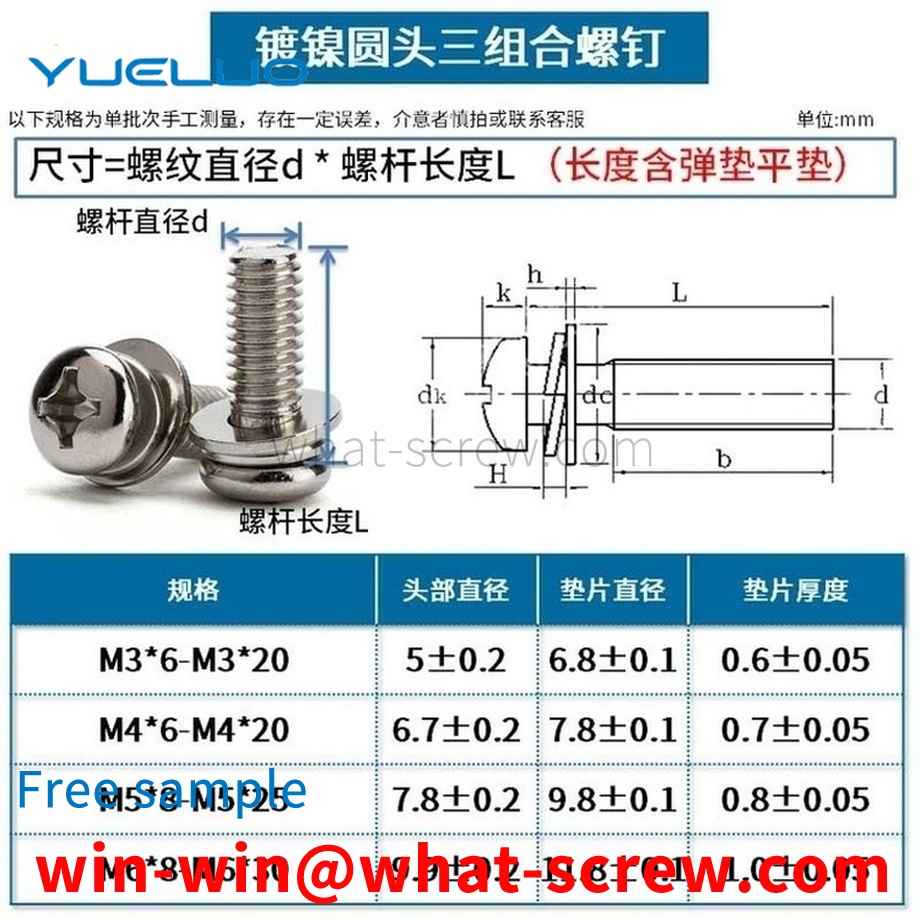
The first person to describe the spiral was the Greek scientist Archimedes (c. 287 BC - 212 BC). An Archimedes screw is a huge spiral contained in a wooden cylinder that is used to irrigate fields by raising water from one level to another. The real inventor may not be Archimedes himself. Maybe he was just describing something that already existed. It may have been designed by the skilled craftsmen of ancient Egypt for irrigation on both sides of the Nile. In the Middle Ages, carpenters used wooden or metal nails to attach furniture to wooden structures. In the 16th century, nail makers began producing nails with a helical thread, which were used to connect things more securely. That's a small step from these kinds of nails to screws. Around 1550 AD, the metal nuts and bolts that first appeared in Europe as fasteners were all made by hand on a simple wooden lathe. Screwdrivers (screw chisels) appeared in London around 1780. Carpenters have found that tightening a screw with a screwdriver holds things in place better than hitting with a hammer, especially with fine-grained screws. In 1797, Maudsley invented the all-metal precision screw lathe in London. The following year, Wilkinson built a nut and bolt making machine in the United States. Both machines produce universal nuts and bolts. Screws were quite popular as fixings because an inexpensive method of production had been found at that time. In 1836, Henry M. Philips applied for a patent for a screw with a cross recessed head, which marked a major advance in screw base technology. Unlike traditional slotted head screws, Phillips head screws have the edge of the head of the Phillips head screw. This design makes the screwdriver self-centered and not easy to slip out, so it is very popular. Universal nuts and bolts can connect metal parts together, so by the 19th century, the wood used to make machines to build houses could be replaced by metal bolts and nuts. Now the function of the screw is mainly to connect the two workpieces together and play the role of fastening. The screw is used in general equipment, such as mobile phones, computers, automobiles, bicycles, various machine tools and equipment, and almost all machines. need to use screws. Screws are indispensable industrial necessities in daily life: extremely small screws used in cameras, glasses, clocks, electronics, etc.; general screws for televisions, electrical products, musical instruments, furniture, etc.
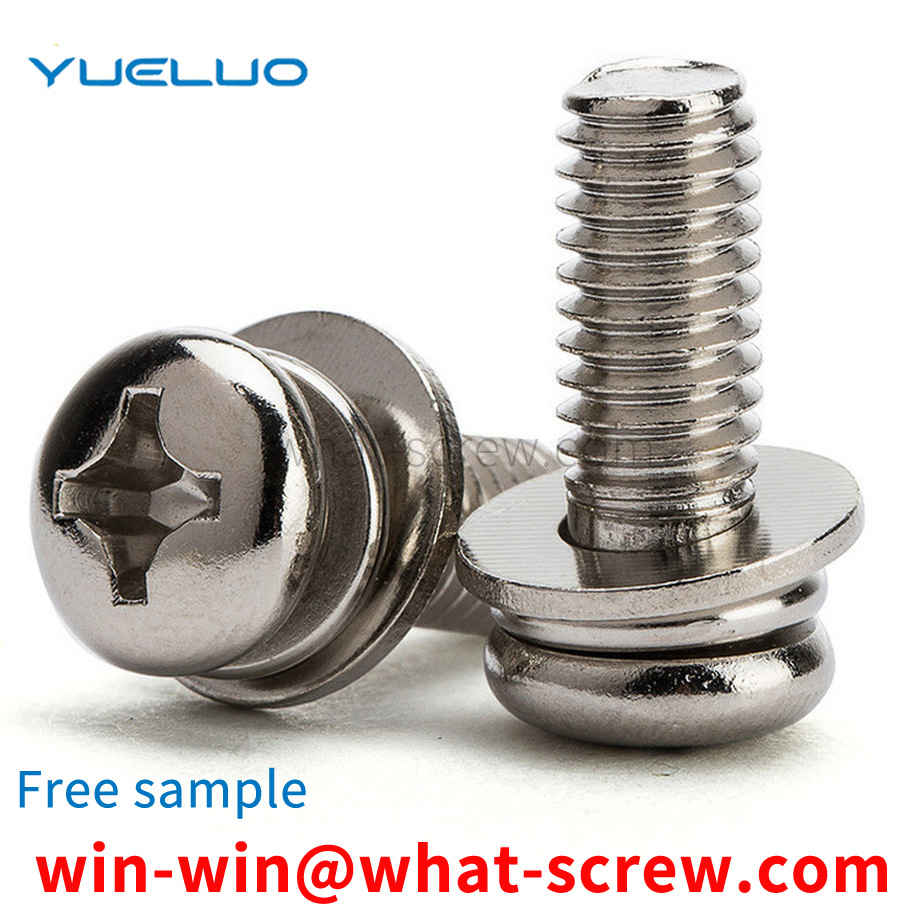
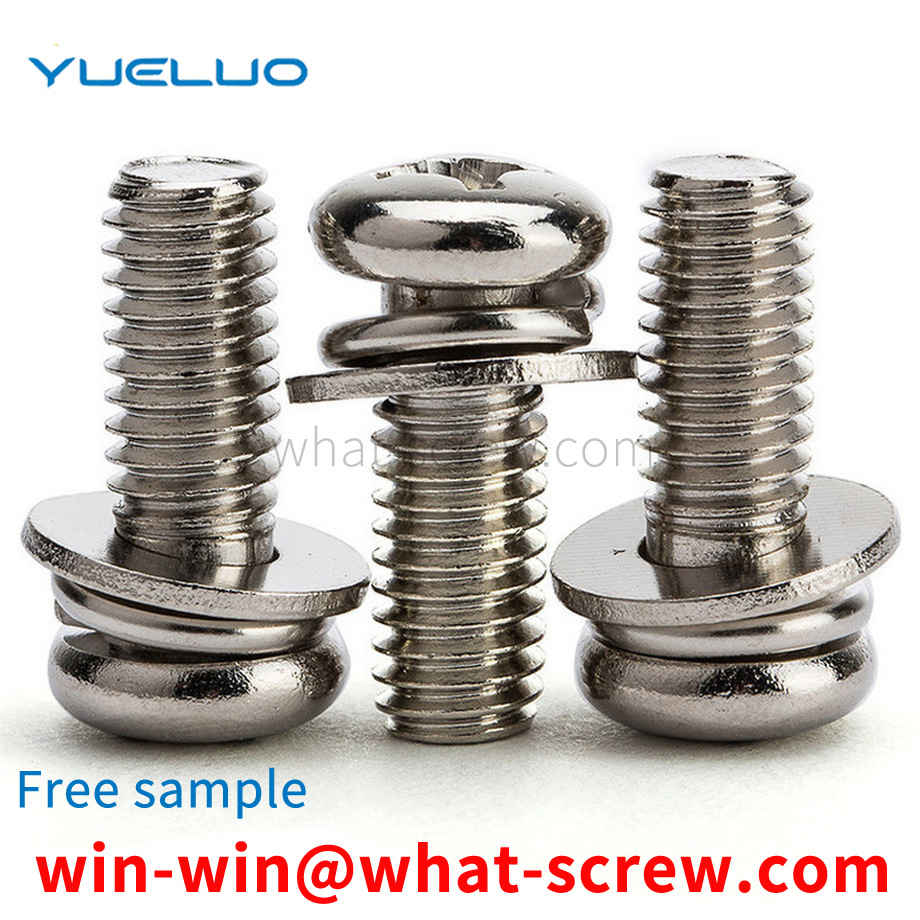
In the existing industrial technology field, screws are mostly used for the connection between components. For many electronic products, because the products are more and more thin and light, the connection between the shell and the shell is often affected by the thickness of the shell. , usually need to use screw column structure for connection. Take the existing outdoor three-proof mobile phone as an example: the screw column structure includes a shell, a shell and a screw, the shell is provided with a plurality of screw columns, and the nuts in the screw columns are injected through the in-mold injection process. Directly integrated with the housing. Due to the special use environment and use requirements of outdoor three-proof mobile phones, they need to have good high-strength anti-drop performance, while the three-proof mobile phones in the prior art are subjected to high-strength drop tests due to the fundamental stress concentration of the screw column. During the process, problems such as cracking of the screw column or breaking from the root occur.
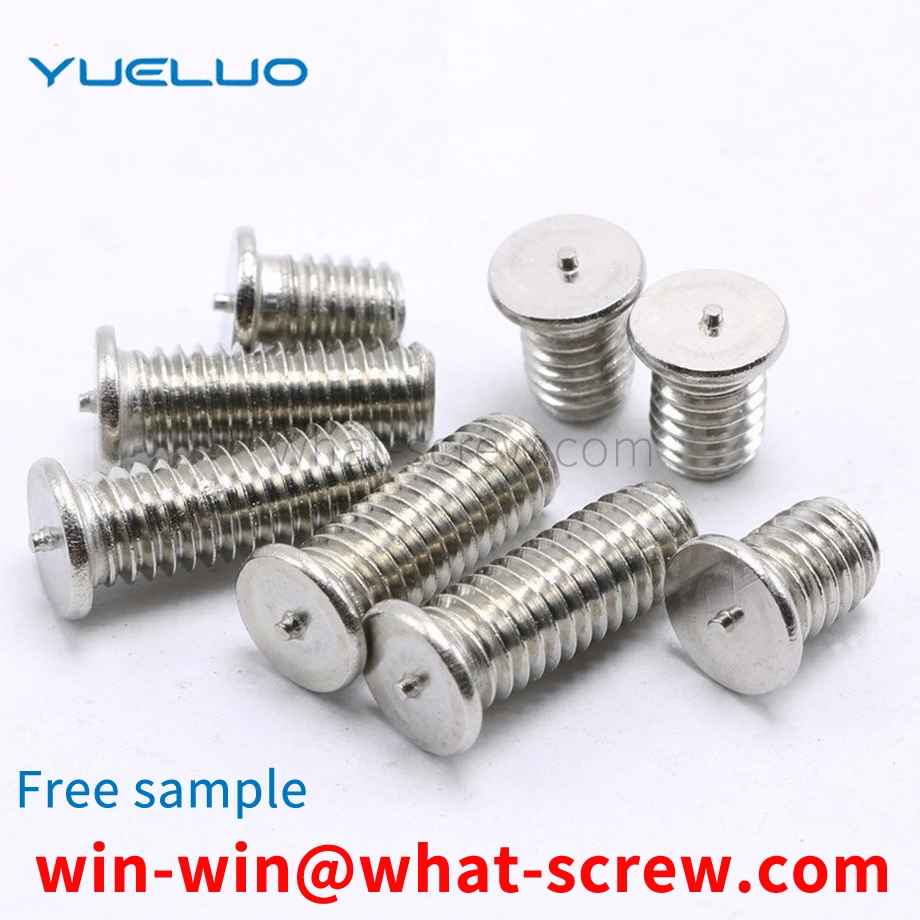
Screws are very small screws used for indispensable industrial necessities in daily life, such as cameras, glasses, clocks, electronics, etc.; general screws for televisions, electrical products, musical instruments, furniture, etc.; large screws are used for engineering, construction, and bridges; Transportation equipment, airplanes, trams, automobiles, etc. use large and small screws together. At present, in the machine assembly production line, when the flat washers, spring washers and screws are matched during the screw assembly process, the flat washers, spring washers and screws are easy to fall into the product due to their small size, resulting in low screw matching efficiency. If there are flat washers, spring washers, screws, etc. that fall into the product and are not found in time and left inside the product, it may cause damage to the machine structure, and even cause casualties in serious cases.
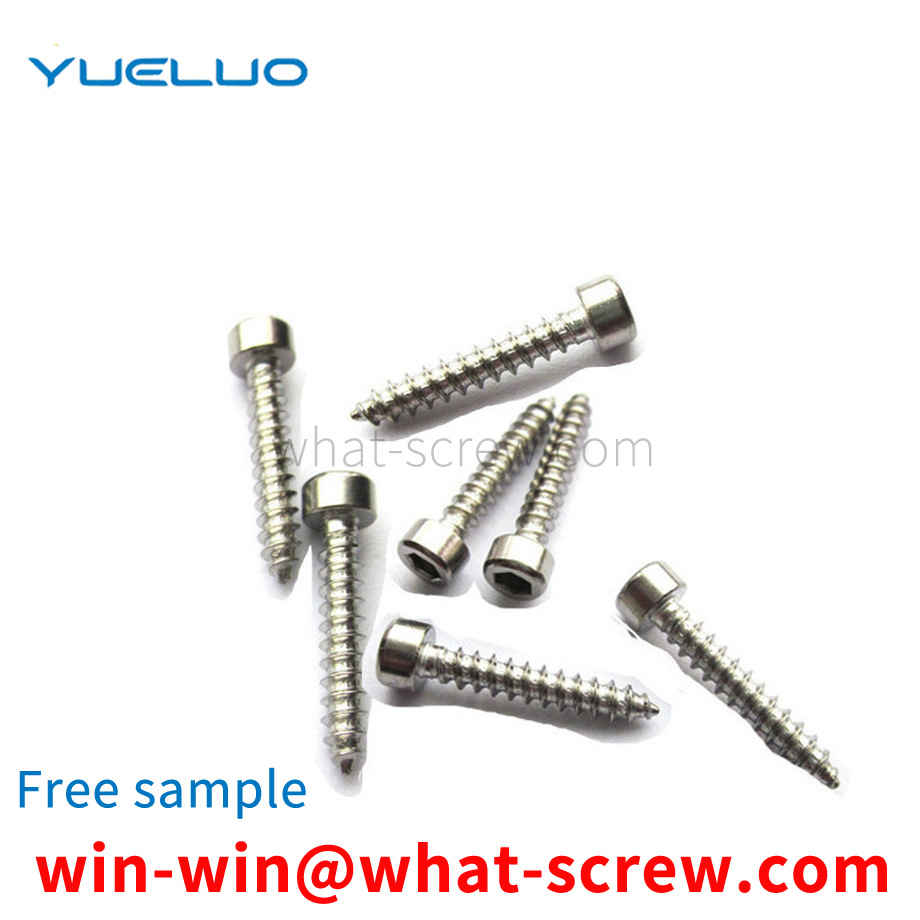
The above content is uploaded by Yueluo or the Internet. If there is any copyright issue, please contact [email protected].

What is the tolerance range of precision screws?

How to choose the right stainless steel screw manufacturer?

Why is there an R angle under the head of the hexagon head s...
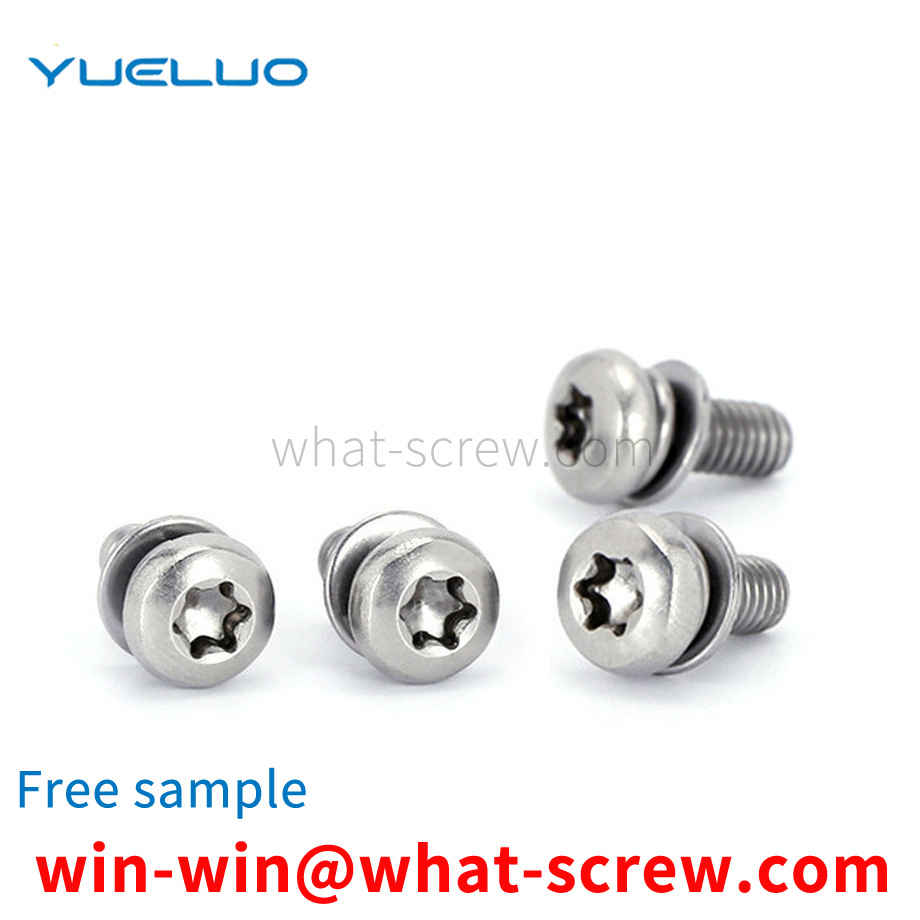
We have more than ten years of production experience in the ...

We have more than ten years of production experience in the ...

We have more than ten years of experience in screw industry ...
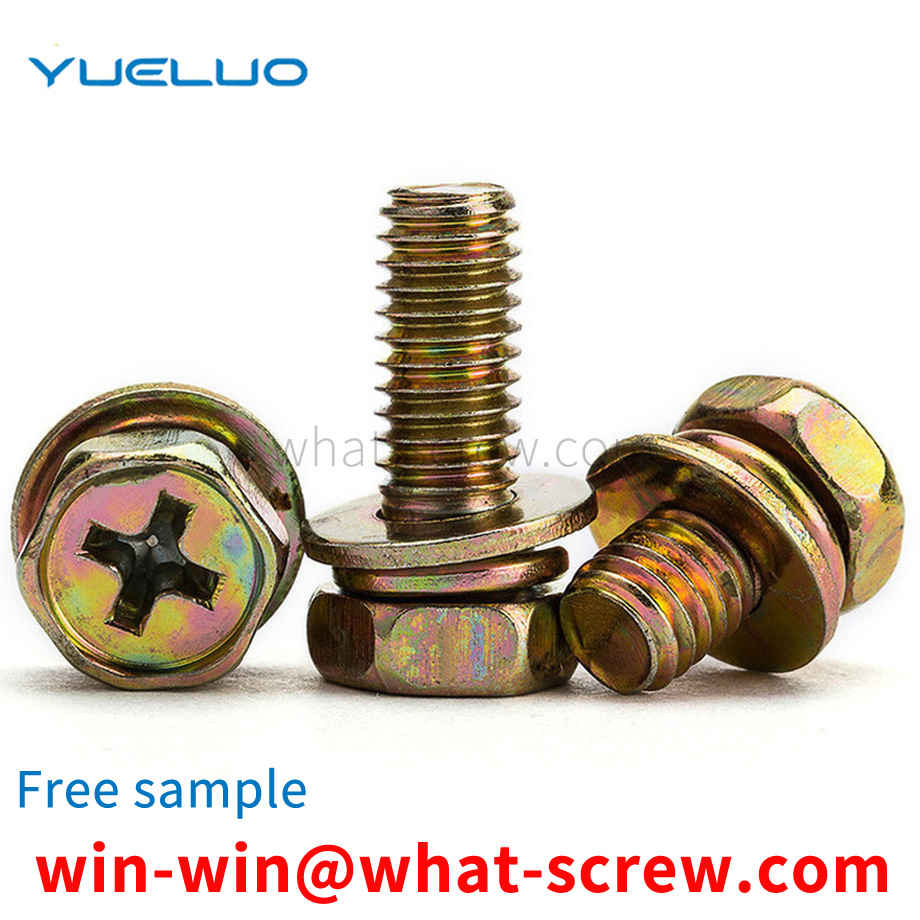
We have more than ten years of production experience in the ...